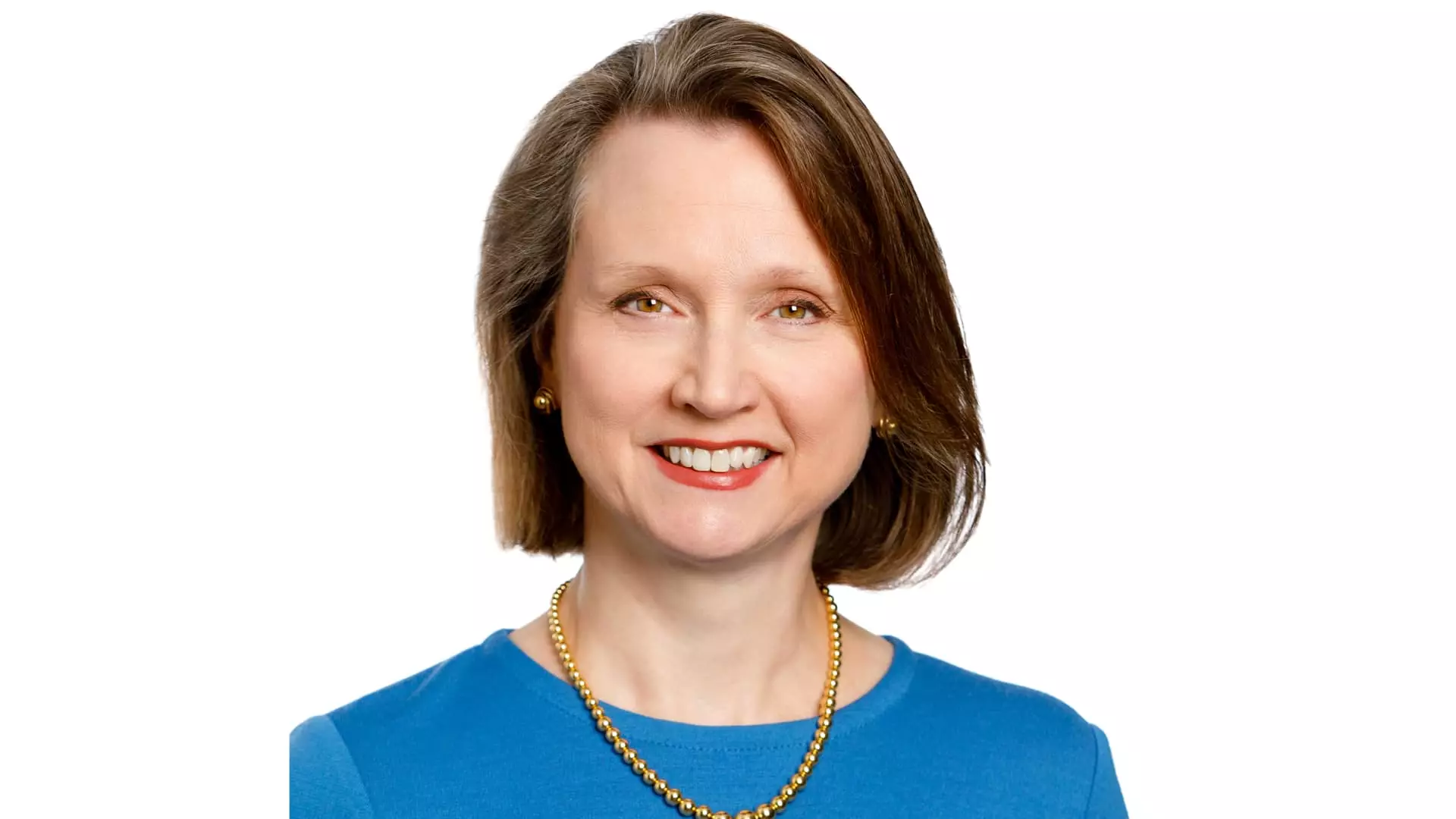Kathryn Glass’s trajectory into the world of finance is a compelling narrative of evolution and transformation. Initially pursuing a rather esoteric field—Japanese language and literature—her journey reflects the unpredictable nature of career aspirations. Attending the University of Pittsburgh and indulging her love for Japanese culture abroad reflects an exploratory phase, one that most of us can recognize. Yet, it is the pivot she made during her Ph.D. program that highlights a crucial aspect of the workforce today: adaptability. Dropping out to pursue an internship at Federated Hermes demonstrates a willingness to let go of the familiar in a quest for personal and professional fulfillment.
This choice has potentially turned her into a hidden gem in finance—someone whose diverse background in languages and literature adds a refreshing perspective often overlooked in a numbers-driven industry. However, therein lies a criticism: why did it take so long for someone like Glass to realize that her skills had viable applications in finance? It suggests that traditional metrics of success and career guidance often fail to accommodate the diverse pathways of individuals.
Bridging Disciplines: The Case for Financial Literacy
Glass’s early foray into the financial sector was not born from typical entrepreneurial zeal but rather an intersection of her unique skills in mathematics and linguistic proficiency. Many would argue that the finance industry lacks sufficient focus on soft skills like communication and emotional intelligence. As Glass noted, modern finance requires a blend of analytical prowess and interpersonal skills—a point worth emphasizing.
Yet, while Glass exemplifies this dynamic, the ongoing reluctance of financial institutions to hire people from varied backgrounds remains a valid critique. The art of analyzing company balance sheets, understanding strategic visions, and interacting effectively are all pillars that could transform the industry. Still, fatalist attitudes often prevail. Is finance ready to embrace interdisciplinary professionals who challenge traditional paradigms?
The Complexity of High-Yield Bond Investments
Today, Glass co-heads Federated Hermes’ high-yield fixed-income division, a far cry from an Arts major’s original intentions. In managing roughly $13 billion in high-yield strategies, her insights into the current economic landscape have become invaluable. Today’s market possesses unprecedented complexities and fraught uncertainties, especially concerning the risks associated with higher-yield bonds.
The term “Goldilocks-type scenario” describes the economy’s perceived stability—an encapsulation that also suggests passive complacency among investors. Glass’s caution in navigating tight spreads in junk bonds is a sentiment many should heed. Her acknowledgment that valuation serves as a guidepost rather than a timing tool is a necessary refrain for investors prioritizing risk management.
In an era where “affordability” is often conflated with “quality,” Glass’s strategy of opting for lower-spread names while anticipating better opportunities is astute yet fraught with inherent risks. What happens if those “higher quality” issuers face unforeseen circumstances, much like the broader economy itself?
The Burden of Optimism and the Great Disconnect
Glass’s perspective resonates when she warns of being “priced to perfection.” This statement encapsulates the precarious balancing act today’s investors must navigate. Are we, as a society, too fixated on achieving ideal scenarios that we inadvertently set ourselves up for greater disappointment?
High-yield bonds may hold charm due to their higher returns, but the risks attached—a fundamental understanding driven home by Glass—should elicit vigilance among both institutional and individual investors. Making room for cautious optimism also encourages a culture pivoting away from reckless risk-taking, a welcome shift that seems long overdue in contemporary financial environments.
The impending market shake-up might just serve as a wake-up call. A resilient investor should not merely emerge with gains but rather develop an acute sense of timing that aligns with macroeconomic realities. Anyone looking solely to capitalize on bond markets without due diligence may find themselves woefully unprepared when volatility rears its ugly head.
Navigating Future Financial Landscapes
Glass’s thoughtful navigation of the high-yield sector not only reveals her acumen but also serves as a barometer for current market conditions. The sheer labor involved in understanding the context behind bond purchasing reflects a commitment to diligent research, one that the sector desperately needs.
However, it raises an essential question for legislators and policymakers: How can we ensure such guardrails are not only in place but effectively implemented? In an increasingly interconnected world, the complexity of financial markets demands more than ever an educated investor base and a financial infrastructure grounded in ethics.
Kathryn Glass’s professional journey provides a blueprint—a nuanced perspective addressing the intricacies and inherent risks in high-yield bond investments. If her words resonate, perhaps the larger narrative will shift towards a balance of caution and strategic optimism, enabling a thriving financial ecosystem that serves a wider array of stakeholders effectively.

